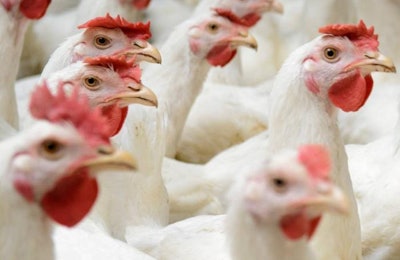
The poultry industry is alive and kicking and I think something has been done well to support it. There is so much information of all sorts these days, that it is hard to keep up, as well as to distinguish and decide which is good and how to correlate it. Notwithstanding, I think good things are happening.
First of all, workers at processing plants, who initially were pointed out as a focus of COVID-19, are now experiencing lower infection rates as compared to other industries. According to the North American Meat Institute, in the U.S. the rate is 85% lower than the general population, whereas in Spain, the average week shows a 0.18% sick leave rate among workers in the food industry, which is half or less than other activities.
All of this is the result of actions taken within the industry to avoid contagion that stemmed in an almost uninterrupted supply chain and in keeping most jobs. But it is also the reflection of the growth in the sector.
I know many countries in Latin America show a negligible growth, with some poultry companies basically maintaining the same production rates, but in general, the sector has shown growth, from feed to production. For instance, Mexican feed production grew 1% in 2020, with 50% of it destined to poultry. In other parts of the world, Spanish animal production (together with agriculture, fisheries and other related areas) grew 7% in 2020.
In Rabobank's March "Talking Points" report, the bank said that given all the sad part of the pandemic, "it is rather distasteful to talk about sectors having a “great year” but certainly many of the big packaged food companies were net beneficiaries of pandemic trends." And in poultry, Rabobank says we are in the recuperating phase.
I am certain that the industry has done good things, ranging from health to biosecurity to finances to being resilient.
If we consider the fact that the U.S. is rapidly vaccinating the population, this will be an important trigger for the rest of the world. There is no doubt about it.
Latin American countries are going slower in terms of vaccination, but are moving along. According to the Johns Hopkins Coronavirus Resource Center, Brazil (yes, Brazil) has applied 30.8 million first-shot vaccines, Mexico (yes, Mexico) 12.2 million, Chile 12.2 million, Argentina 5.6 million, and Colombia 3.2 million, to mention the top 5. Let's hope for the best.
What do you think?

















